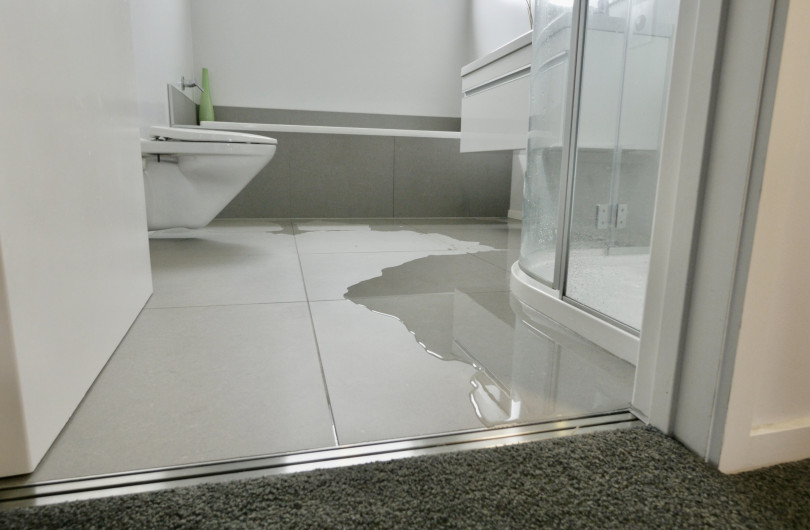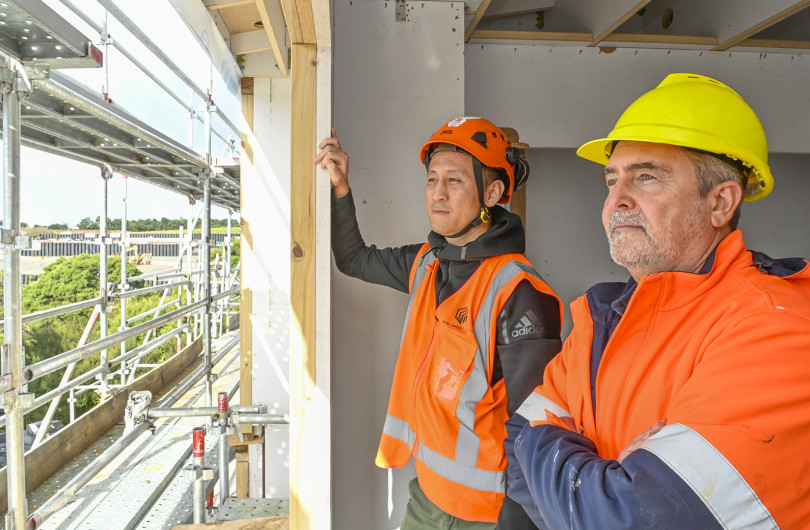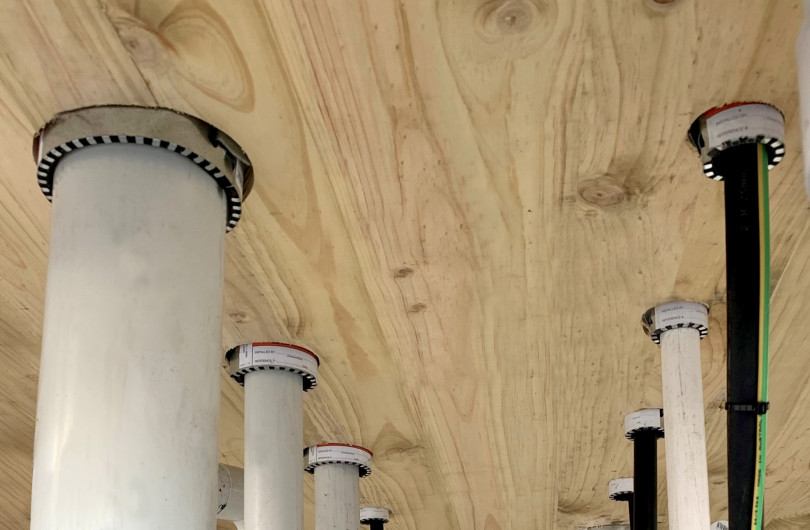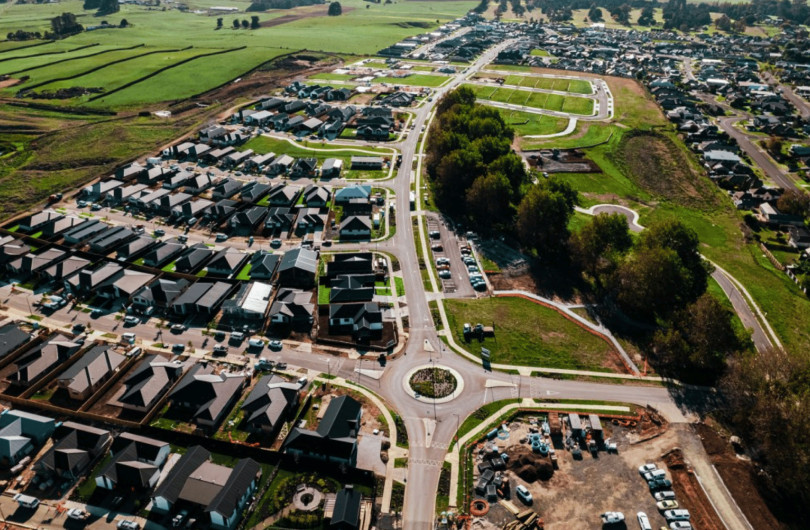I usually start blogs explaining how critical it is to see the potential of ‘whole systems’, rather than solving another siloed problem. I like to remind readers to consider what they really want to sustain — ‘Life’ being a great answer. Our thinking and actions should enable our places, communities and businesses to thrive.
So through a series of three blogs, in the context of accelerating climate heating, growing health costs and our seriously stressed eco-systems, I’m also arguing here that we need to rapidly shrink our negative footprints whilst working on our positive handprint.
These three easy wins need just a little practice and for you to rise to the challenge. They are very achievable in beautiful Aotearoa’s solar-rich climate and our well aware and connected industry. All three reduce carbon and toxic emissions to improve resilience and health.
And be in no doubt, we all need to prepare for change as climate impacts physically worsen and as the Government’s 2019 Zero Carbon Act requires industry to reduce impacts and fast. So get ahead of the game for the Climate Emergency, the upcoming Building Act 2021 revisions, upskill on building performance and comfort and enjoy the opportunity to play your role contributing to the solution.
Part 1: Net Zero Energy
100% of the building’s energy needs, on a net annual basis, must be supplied by on-site renewable energy. No combustion allowed!
Net Zero Energy (NZE) is pretty simple — the goal is total optimisation! Collaborate and design for mega energy efficiency to reduce demand and match that with on-site renewable generation. NZE offers the plus of zero operational building carbon emissions with a good financial ROI if using the energy on-site when it’s generated.
As designers, specifiers, contractors, we are able to design and build high-performance building envelopes and ‘fit-outs’ that reduce annual energy demand by 70-90%. Homes are different to commercial or social buildings but the overall principles are very similar (principles here guided by Passive House Info).
- Orientate the building for comfort: Reduce heating and cooling loads by using the sun and external shading
- Form factor: Keep the building shape as simple as reasonably possible
- Fabric first: Weathertight, Thermal Tight, Airtight (this is pretty new to NZ!)
- Employ an energy modeller early and guide the specification and performance with real evidence
- Insulate appropriately to your local climate R-values and eliminate ‘thermal breaks’ in the fabric
- Use better windows and doors that are insulated and more airtight to complement the fabric
- Ventilation is required and it’s optimal to use MHRV (mechanical heat recovery ventilation) which recycles 80-90% of energy
- Lighting and appliances should be selected for efficiency along with aesthetics and durability, respectively
- Heating demand is now totally reduced (or may even be unnecessary in Auckland!)
- Hot water Is ideally provided from flat plate solar thermal or a quality warranted air-sourced heat pump
- Add an appropriate level of metering to measure demand and generation, then check performance against the energy model. Tune up the buildings and use system controls (lighting, BMS, public displays) as appropriate to the scale of the project
- That last 20% of demand — the dreaded ‘uncontrolled occupants.’ How about writing a user manual or talking to the occupants and explaining how it works to save energy?
- Ongoing commissioning of services is required to ensure they remain efficient. How about some overall TLC and maintenance on this building — a valuable asset, going forward?
At this point, you are NZE ‘ready’ (up to 3-5 floors high in Auckland) and the EUI or energy use intensity of Kwhs/m²/year will be around 70-90% less than Code equivalent projects! To convert to Net Zero Hero, you can purchase or lease a solar electric panel array to generate the required energy. International Living Future Institute offers a very affordable Net Zero Energy Certification: International Living Future Institute NZE Certification.
A grid connection is totally acceptable for net metering (in and out), but absolutely no fossil fuels such as gas, diesel or coal and timber combustion are allowed for heating or hot water.
Scale up! If you are developing 100 homes which are 90% efficient compared to standard, you can downscale your grid transformer and the supply cables as the capacity required is only a tenth of a traditional development! Scaling up to a mixed-use village or campus, with diverse and varied energy demand is an effective next step. This facilitates an on-site ‘micro-grid’ for power distribution to where it’s required on-site. This improves the $ROI and enables automation of the energy utility billing. Overall this allows a smaller generation which can be optimised by ensuring more power is used on-site rather than exported.
In terms of on-site renewable energy supply, I always prioritise solar hot water (SHW) first, because the quality systems include integral thermal ‘storage’ (stainless steel cylinder). I prefer ‘flat plate collectors with closed-loop drain back protected heat transfer as this EWATEC unit delivers maximum KWhs at the hot tap/m² and a very long 30-year life — twice that of heat pumps!
Many projects use solely Solar Electric or PVs for generating power, coupled with a heat pump for hot water and a battery to store energy for the backup. Consider slightly oversizing your solar energy system to allow for future Electric Vehicles and to contribute excess energy to the grid, offsetting the embodied energy of the project.
Please remember not all our buildings have to be NZE, as our grid is heading toward 100% renewable, but we do need exemplar efficient projects too — to help us research best practice and create social equity. Be a net zero hero and have a go at Net Zero Energy on your next project.
Classic case studies, not all NZE energy but pioneers that establish the path forward:
- 26 Aroha Apartments Auckland
- Ngai Tūhoe Te Kura Whare NZE ILFI Living Certified
- Pegasus NZE School
- Tanglewood2 ILFI NZE Certified Auckland
- Zero Energy House ILFI NZE Certified Auckland
- Case Studies
Also, check out the hard-working team at SuperHomes with their design Design Guide to get you started.
This is the first part of a 3-part series. Next up, I'll discuss Net Zero Toxics, followed by Net Zero Carbon.
Written by Jerome Partington, JASMAX.





























 Most Popular
Most Popular Popular Products
Popular Products



